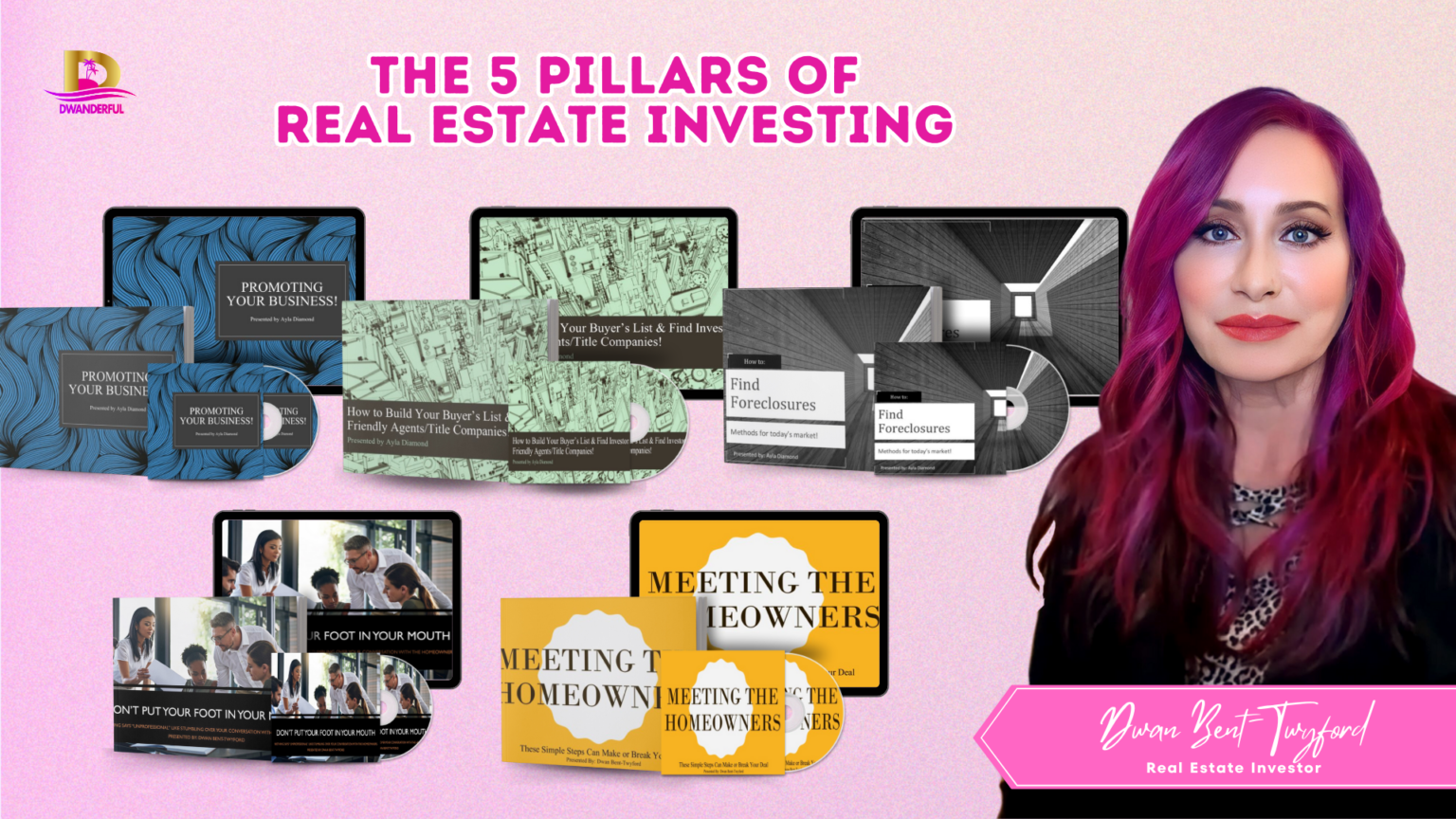What Is Mixed Use Development?

But what is mixed use development really, and why does it matter for the future of our cities? Let’s take a deep dive into this forward-thinking design concept.
What Is Mixed-Use Development?
At its core, mixed-use development is a planning strategy that combines two or more land uses—such as residential, retail, office, entertainment, or institutional spaces—into a single development or neighborhood. Instead of separating these uses into different zones (like traditional zoning often does), mixed-use development brings them together to create more vibrant, efficient, and engaging environments.
This type of development can take place vertically (e.g., a multi-story building with ground-floor shops and upper-level apartments) or horizontally (e.g., a block or neighborhood where various buildings serve different purposes but are closely integrated). The ultimate goal is to reduce the need for car travel, foster economic activity, increase housing options, and encourage a better quality of life.
What Does Mixed-Use Development Look Like?
Mixed-use developments come in many shapes and sizes. Some are towering urban complexes in city centers, while others are smaller suburban hubs designed to serve local neighborhoods. Regardless of scale, they usually share a few common characteristics: density, diversity, and accessibility.
Here are a few examples of what mixed-use development might look like:
Urban Core Developments:
High-rise buildings that include retail or dining on the ground floor, office space in the middle, and condos or rental apartments above. These are often located in busy downtown areas with heavy foot traffic.

Lifestyle Centers:
Suburban developments that combine boutique shopping, restaurants, apartments, and community gathering areas, all within walking distance. These serve as alternatives to traditional malls and strip centers.
Transit-Oriented Developments (TODs):
Located near public transit hubs like train or subway stations, these projects are designed to maximize access to public transportation while minimizing car dependency. They typically include apartments, coworking spaces, and street-level retail.
Planned Communities:
Larger scale projects that might include a mix of townhomes, schools, grocery stores, parks, and medical clinics—essentially a small town within a city.
By designing spaces that blend work, life, and leisure, these developments cater to a modern lifestyle where convenience and accessibility are paramount.
Pros and Cons of Mixed-Use Development
Like any development model, mixed-use development comes with its own set of advantages and drawbacks. Understanding both can help communities, developers, and policymakers make better decisions.
Pros:
Convenience & Walkability
Residents can easily access shops, offices, restaurants, and recreation without needing a car. This not only saves time but promotes healthier lifestyles and stronger social ties.Economic Resilience
A mix of property types diversifies income streams. For example, if the residential market dips, commercial rents can still sustain the property. Additionally, it stimulates local economies by supporting small businesses and creating jobs.Environmental Benefits
Mixed-use areas tend to be more compact and energy-efficient. Reducing vehicle use cuts down on emissions, while shared infrastructure conserves land and resources.
Community Engagement
With more public spaces, such as parks or plazas, and active storefronts, people naturally interact more. These developments help build a sense of belonging and neighborhood identity.Higher Property Values
Properties within mixed-use communities often retain or increase in value faster due to demand for convenient living and working spaces.
Cons:
Zoning & Regulatory Barriers
In many cities, existing zoning laws separate commercial and residential uses, making it difficult to get approvals for mixed-use projects. Changing these laws can be a long and costly process.Noise & Privacy Concerns
Living above a busy restaurant or next to a nightlife venue might not appeal to everyone. Developers must find ways to design spaces that minimize disturbances between different uses.Complex Financing & Construction
Mixed-use developments require more intricate planning and often need multiple financing sources. Coordinating residential and commercial construction phases adds layers of complexity.Parking & Infrastructure Challenges
Balancing the needs of residents, workers, and visitors can create strain on parking and utility systems if not planned properly.
Despite these challenges, many cities are finding creative solutions to support and streamline mixed-use projects.
Why Is Mixed-Use Development Important?
With urban populations booming and land becoming more scarce, mixed-use development presents a compelling answer to many of today’s city planning dilemmas. It’s a more intelligent, efficient way to build communities.
Mixed-use development supports:
Smart Growth Principles: These projects limit sprawl, protect green spaces, and promote denser, more sustainable development.
Housing Affordability: By increasing supply and offering more variety in housing types, these developments can help address affordability issues, especially in high-demand urban areas.
Resilience During Economic Downturns: Neighborhoods that combine multiple uses tend to weather economic fluctuations better because they don’t rely on a single industry or market segment.
Public Health: Encouraging walking, biking, and local interaction reduces sedentary behavior and isolation—both of which are growing public health concerns.
In short, mixed-use development reflects a shift in how we view city living—not just as a place to reside, but as an interconnected, vibrant ecosystem.

The Future of Mixed-Use Development
As we look toward the future, mixed-use development will likely become more integrated with technology, sustainability, and flexibility. Here are a few trends shaping its future:
Smart Cities: The incorporation of smart technologies—like energy-efficient systems, real-time transit updates, and app-based services—will make mixed-use developments even more user-friendly and eco-conscious.
Remote Work & Live-Work Units: With more people working remotely, demand is growing for spaces that serve both residential and professional functions. Expect more developments that include coworking spaces or flexible home office setups.
Green Architecture: From rooftop gardens to solar panels and eco-friendly materials, future projects will prioritize sustainability. Many developments already include LEED-certified designs and green infrastructure.
Equity & Inclusivity: The best mixed-use projects of the future will not just serve the wealthy but provide housing, services, and amenities accessible to a diverse range of people.
Cities that embrace these trends and invest in thoughtful, inclusive mixed-use development will be better positioned to thrive in the coming decades.
Conclusion
Mixed-use development isn’t just a buzzword—it’s a meaningful solution to many urban challenges. By combining the best of residential, commercial, and recreational spaces into a single development or neighborhood, cities can create vibrant, walkable, and sustainable communities.
Whether you’re a city planner, real estate investor, or someone simply exploring better ways to live, understanding what is mixed use development is key to envisioning a more connected and thriving future.
And speaking of thriving futures, if you’re interested in real estate investing, Dwan Bent-Twyford, founder of Dwanderful, offers incredible resources to help you get started. As a seasoned real estate investor and podcast host, Dwan shares her expertise through her free book “Real Estate Lingo,” and her comprehensive paid guide “Five Pillars of Real Estate Investing.”
Want to find out how you could generate six figures in the next six months—whether you’re buying your first property or your next? Take Dwan’s quick quiz game! It takes less than a minute and might just be the turning point in your investment journey.
Explore more at Dwanderful.com and step into the world of real estate with confidence and clarity. Contact us now!
Frequently Asked Questions
How is mixed-use development different from traditional zoning?
Traditional zoning separates land uses into distinct categories—residential, commercial, industrial—often in different parts of a city. Mixed-use development integrates these uses in a single area, encouraging walkability and dynamic community life.
Who typically invests in mixed-use developments?
Investors include real estate development firms, institutional investors, private equity groups, municipalities, and even individual investors. These stakeholders are drawn to the stable, long-term value that mixed-use properties can provide.
What challenges do cities face when planning mixed-use developments?
Cities often encounter outdated zoning laws, high development costs, infrastructure limitations, and public opposition. However, forward-thinking policies and community engagement can help overcome these hurdles and support successful mixed-use projects.



